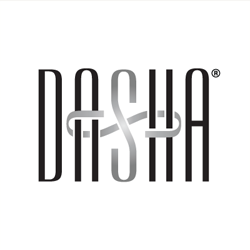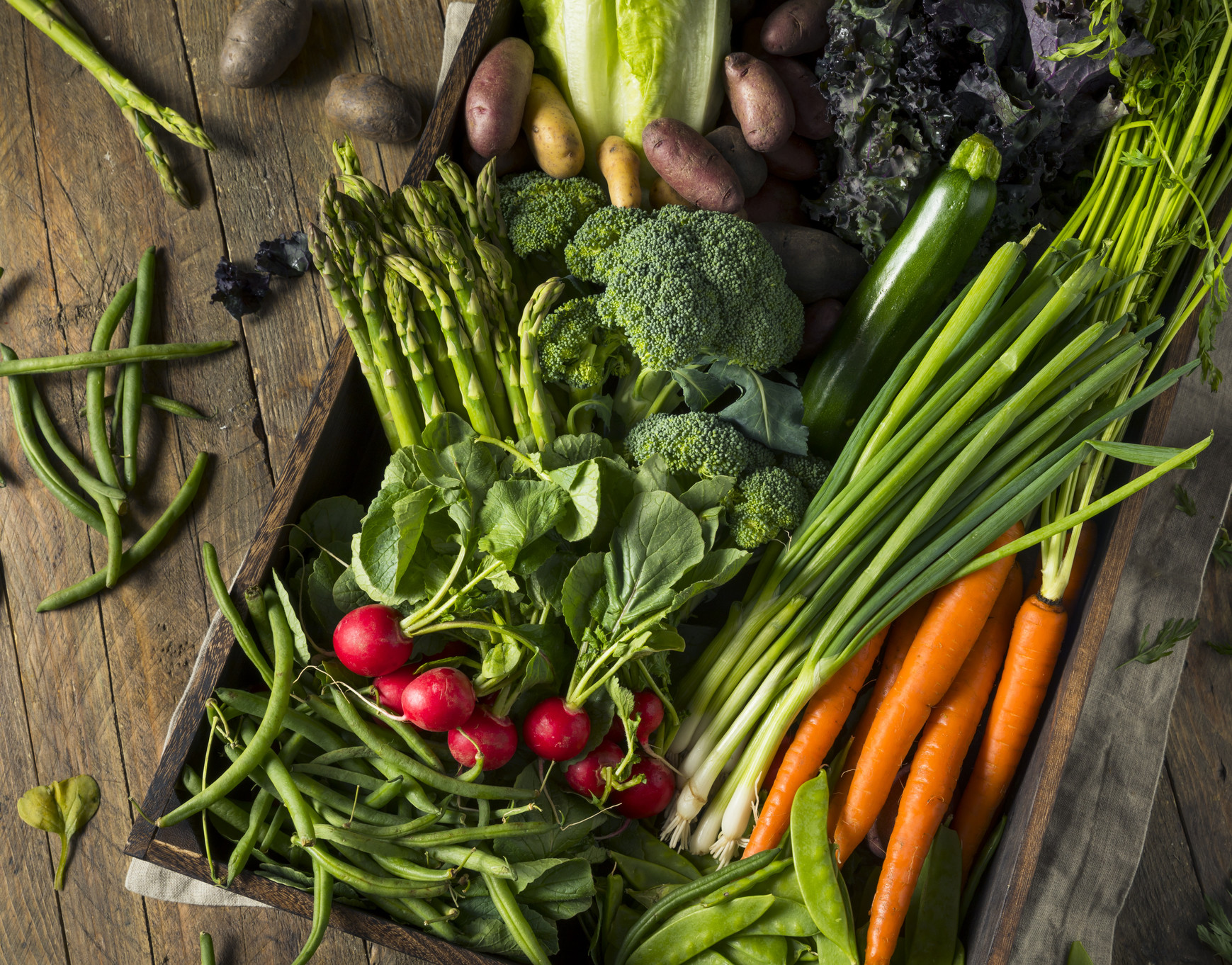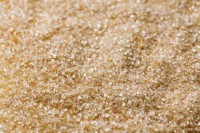My boyfriend is semi-lactose intolerant, but he does enjoy a small glass of whole milk with a half-cup of raisins for dessert after dinner every evening. I prefer milk with my oatmeal or cereal in the morning, but after having made the leap to skim milk in college (thanks to my roommate Nikki at the time), I find the taste and feel of whole milk far too rich.
Last week, I received the all too familiar text message from said boyfriend: “Can you pick up some milk?” Thanks to Hercules, the bodega on my street corner was out of his preferred whole milk, and my only options were 2% or skim milk. So, I picked up some 2% and brought it home. My boyfriend inspected the ingredients, slightly alarmed by the words “palmitic acid,” which then prompted him to do some research. This is the cut and paste text message I received from his Wikipedia search:

“According to the World Health Organization, evidence is “convincing” that consumption of palmitic acid increases risk of developing cardiovascular diseases, placing it in the same evidence category as trans fatty acids. Retinyl palmitate is an antioxidant and a source of vitamin A added to low fat milk to replace the vitamin content lost through the removal of milk fat. Palmitate is attached to the alcohol form of vitamin A, retinol, to make vitamin A stable in milk.”
“Rats fed a diet of 20% palmitic acid and 80% carbohydrate for extended periods showed alterations in central nervous system control of insulin secretion, and suppression of the body’s natural appetite-suppressing signals from leptin and insulin (the key hormones involved in weight regulation).”
Yeah, okay, so maybe that’s a little scary. Gulp. Conduct too much research on the fuel you’re putting in your body, and you might not eat anything at all! (Did anyone else catch last year’s news report on how many varieties of rice contain high levels of arsenic?) Maybe it’s better not to think too hard about any of it?
But if you were raised on all those campaigns about how milk does a body good and contains calcium and other important nutrients, it’s hard to consider removing milk from your diet entirely. (Plus, if you’re a cereal fiend like I am, the case is really hopeless.) So I thought I’d share a few facts about the different types of milk out there, so you can make the best decision for you and your body.
Organic Milk Devotees: People say organic milk is better for you, and the animals that created that milk are treated better. Research suggests grass-fed cows produce milk with omega-3 fats (good for your heart) and more vitamin E, but – newsflash! – organic standards don’t mandate that cows be solely grass-fed. (All you’re guaranteed is no supplemental growth hormones or preventive antibiotics have been used, and that your cows had access to outdoors and at least 120 days of blissful grazing in the past year.)
Those Artificial Growth Hormones (rBST): All organic milks are rBST-free, but not all rBST-free milks are organic, meaning your farmer may have used pesticides or fertilizers.
Milk in the Raw: Studies indicate that the difference between pasteurized (heating milk to high temperatures to kill harmful bacteria) and raw milk are slight. The CDC reported that raw milk accounted for 1,007 illnesses and 2 deaths between 1998 and 2005. Raw milk samples collected from 861 farms in 21 states yielded bacteria linked to human illness in nearly one quarter of them. There are a few more scary statistics, but aren’t those enough? I’m running out of space. (Of course, I have some friends in Los Angeles who swear by raw milk.)
Cow Milk: 90 – 155 calories (nonfat to whole), 8 – 9 grams of protein. Cow’s milk is a good source of calcium and vitamin D.
Goat Milk: 90 – 150 calories (nonfat to whole), 7 – 8 grams of protein. Goat’s milk contains slightly less lactose than cow’s milk.
Soy Milk: 60 – 130 calories, 4 – 12 grams of protein. Soy has been linked to a reduction of cancer and heart disease, and possibly also breast cancer. (There is also evidence that is contrary to these statements.) It is high in calcium, healthy fats, and has 0 cholesterol. Soy milk may not be so good for men.
Rice Milk: 110 – 120 calories, 1 gram of protein. Rice milk is low in protein and high in carbohydrates. It is a poor source of calcium, so choose one fortified with the mineral.
Coconut Milk: 467 calories, 5 grams of protein. Coconut milk is naturally sweet, high in healthy fats and potassium, and has very little protein. It is good for active individuals seeking fat loss or muscle gain through a low-carb diet.
Almond Milk: 60-80 calories, 2-9 grams of protein. Almond milk is naturally high in calcium. It is not a good choice for those who want a low-carb diet.
Hemp Milk: 110-130 calories, 4-5 grams of protein. Hemp milk supplies high quality protein and iron.
Personally, I’ve been vacillating among skim milk, rice milk, and almond milk over the past few years, and I like all of them; I’m not too fussy, and I’m fortunate not to have any medical dietary restrictions. Milk is a personal decision, much like buying a new pair of shoes. Now that you know better what each milk product contains, you can make the best choice for your diet and 2014 health and fitness goals. When my boyfriend and I move into an apartment together later this year, I think we’ll just purchase 2 separate cartons of milk. His. And hers.
Now you have the facts. What milk will be going in your shopping cart on your next trip to the grocery store?
DASHA wellness & spa is a luxury lifestyle brand and New York City-based wellness center created to offer a truly holistic approach to wellness. To learn more, visit dashawellness.com






